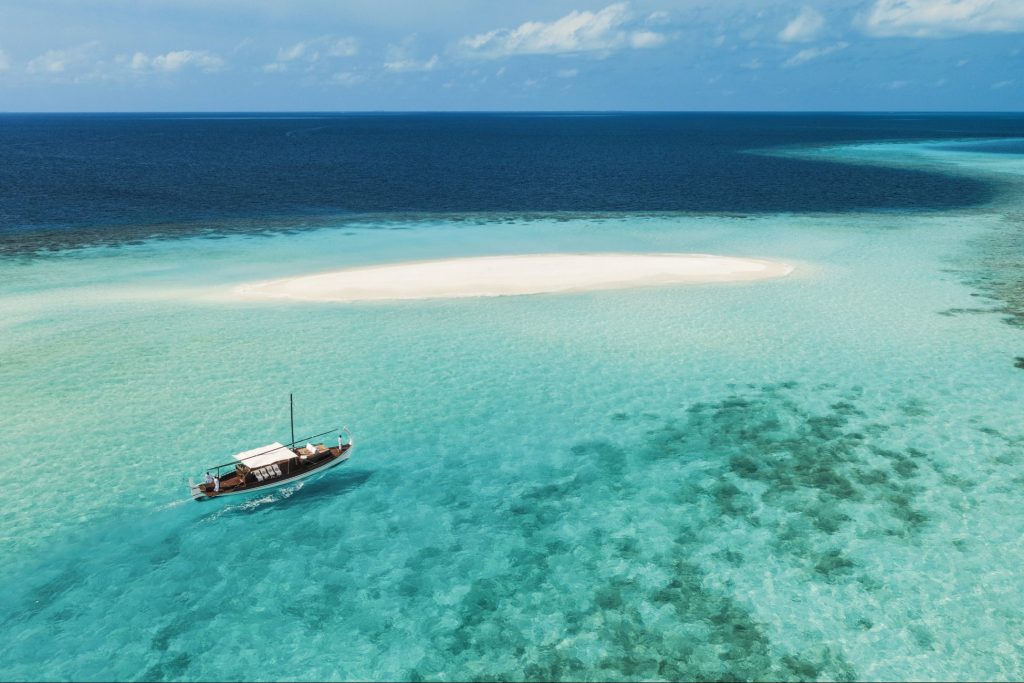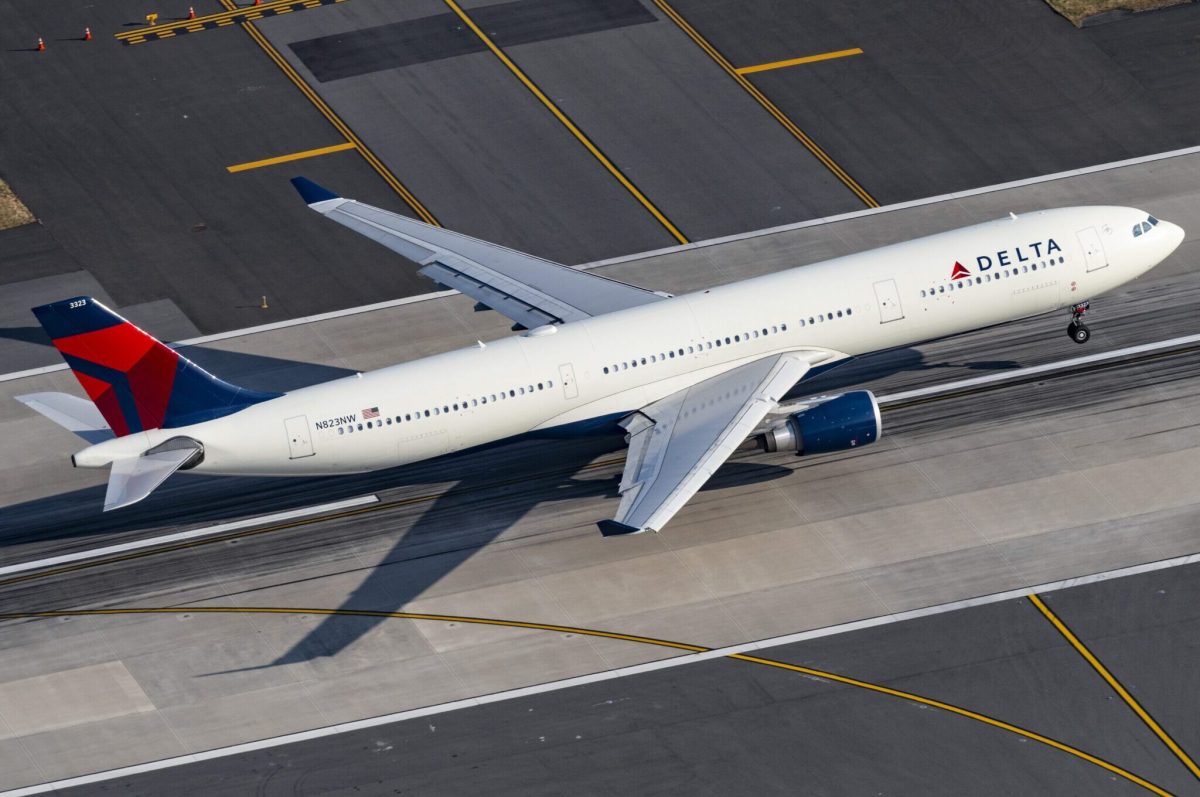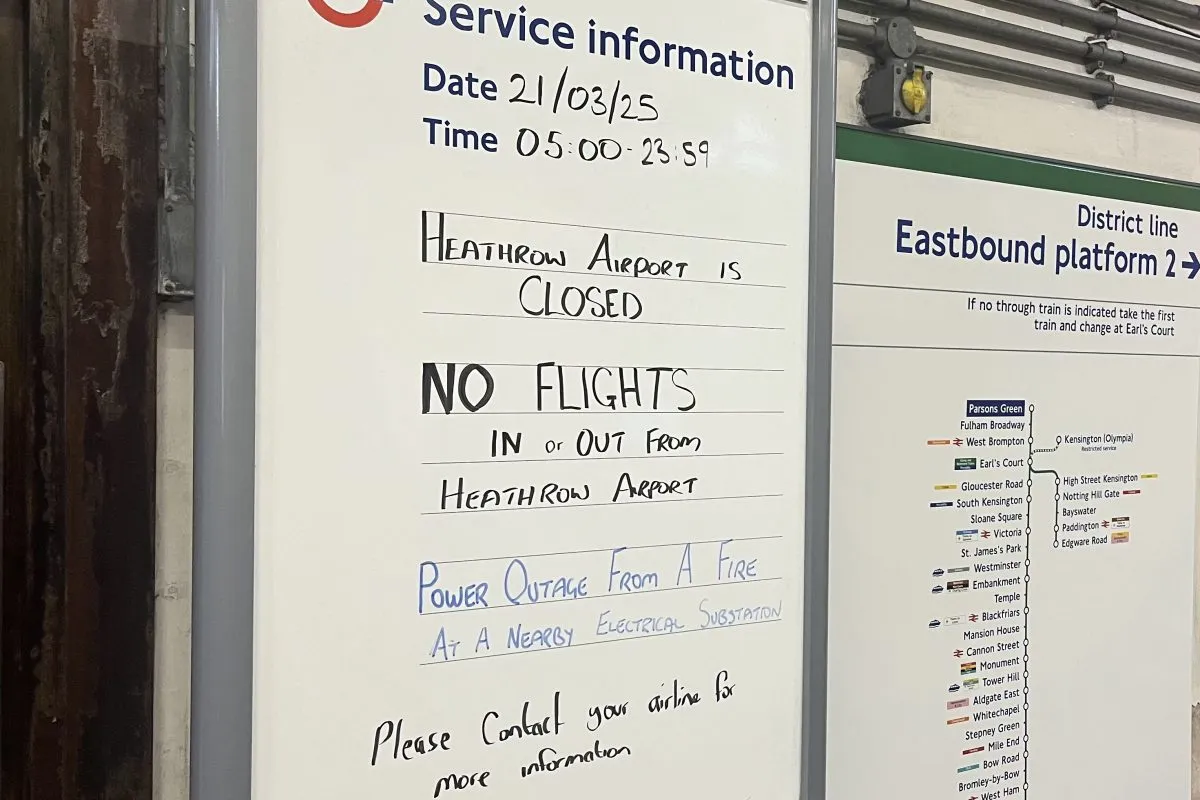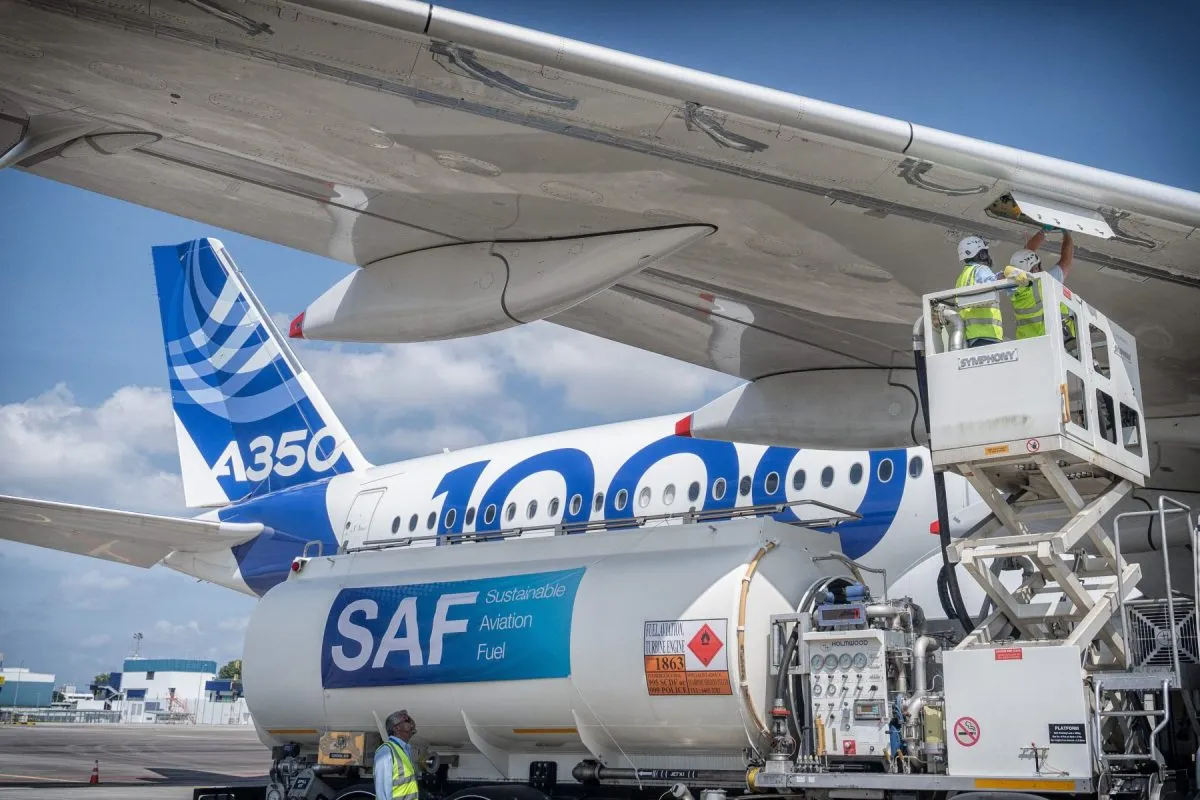Asia Destinations Look to Indian Tourists as Chinese Remain Home

Skift Take
India is being seen as the next wellspring of Asian tourists as the hopes that China will drive a tourism recovery anytime soon look more distant the day.
China's state council has advised citizens not to travel during the Lunar New Year peak holiday season next month as the country battles its worst resurgence in coronavirus cases. The call sees local governments and companies giving people cash bonuses, shopping vouchers, movie tickets, free entry to local attractions and other incentives for them to stay put.
Domestic tourism, which boomed with 660 million tourists during the National Day Golden Week holiday last October, is sure to be affected. As will Macau, the only destination where mainland Chinese don’t have to quarantine for 14 days on return. Other destinations outside China, which are hoping for a small “big migration” of Chinese tourists going abroad this year, starting from February, can dream on.
What's more, anti-China sentiments due to the pandemic and geopolitics may cause hesitancy among Chinese tourists to travel abroad for a while.
In 2019, 169 million mainland Chinese tourists traveled overseas, with Lunar New Year as the barometer of China outbound’s health for the year. Of the 169 million tourists, 100 million were to Hong Kong, Macau and Taiwan, 69 million to the rest of the world
At 26 million travelers in 2018, the size of India's outbound market is nowhere near China's, yet it is getting attention as word gets around that Indian tourists are flocking to Maldives and Dubai, two destinations that have reopened since the middle of last year with no quarantine required.
India overtook China as Maldives' top international source last year with almost 63,000 visitors. China ranked sixth, with 34,245 arrivals, majority of whom traveled in January/February before borders closed.
SOTC Travel India has even operated charters for an Indian meeting and incentive group comprising 700 passengers to Dubai earlier this month, according to its president and country head Daniel D'souza.
This is despite Dubai facing a flare-up in Covid-19 cases and refuses to lockdown.
SOTC's sister travel agency, Thomas Cook India, also saw brisk bookings in December. “Our first Holiday Sale [December 5-7] saw an impressive surge in not just queries but transactions –- a 200 percent increase in our average daily sales. Our Year End Sale [December18-20], saw a further increase of about 60 percent over the previous sale period,” said Rajeev Kale, said its president and country head, Holidays, MICE, Visa.
“While customers had earlier restricted bookings to close-to-home staycations/drivecations, we are now seeing a discernible shift with increased uptick for flight inclusive holidays, indicative of growing consumer confidence in air travel,” he said.
Right Signals
What this signals is not just Indians' pent-up travel demand, but their elasticity.
“Indians are much more used to overcoming crises than Westerners,” said Misha Gambetta, director of India for Switzerland Tourism in Mumbai. “They also had a very strict and long lockdown forcing them to stay home for eight months or so. The desire to go out, to travel, is enormous.”
“India may be smaller than China in outbound travel numbers, but time and again Indians have shown that they are the fastest comeback market after any tourism crisis,” said Nitin Sachdeva, president and CEO, Venture Marketing, a company in New Delhi that helps destinations, including Thailand, to develop sales and marketing strategies to attract Indian tourists.
Business for such firms is picking up. Seychelles Tourism Board has just commissioned BRANDit in Mumbai to devise a marketing and communications strategy for India. The board's CEO, Sherin Francis, said India is “promising” and “exciting.”
India is one of Seychelles' top six sources, contributing 14,338 visitors in 2019. “With vaccines being rolled out, we will see an upswing in leisure travel towards the second half of the year,” said Lubaina Sheerazi, CEO and co-founder of BRANDit.
Seychelles is opening up to all passengers in mid-March. Air Seychelles, which will resume commercial flights towards end-March, will operate twice-weekly direct flights between Mumbai and Seychelles, said Sheerazi.
For now, private jet transfers, allowed since December 2020, are seeing bookings from small groups and families, who value the exclusivity, safety and hygiene, she said. Seychelles has also made it convenient with visa-on-arrival and no quarantine required. Visitors must undergo a Covid-19 test at least 72 hours before departure.
Another ardent suitor of Indian tourists, Kenya, which saw 122,649 Indian visitors in 2019, is welcoming them back. Its India representative, Intrepid Marketing and Communications, has sent out a mailer saying Kenya sees the Indian market as “key to the revival of tourism” and is “banking on India to boost its international tourism numbers during the year.”
Indian arrivals in Kenya must undergo a Covid-19 test at least 72 hours before departure and as usual present the mandatory yellow fever vaccine card. Visa applications can be done online. Intrepid Marketing said there are thrice-weekly scheduled direct flights from Mumbai to Nairobi on Kenya Airways, a six-hour duration that makes it “even more worthwhile” for an immediate outbound travel.
Recent reopening of Sri Lanka, Kenya, Seychelles and Oman are further fueling Indians' desire to travel, said Kale. Sri Lanka reopened on January 21 to all international travelers following a trial with Ukraine tourists on charter flights at the start of the year. Both of the country's international airports reopened on the same day, despite Sri Lanka battling a resurgence in cases since October.
Readiness
It's not that Indians are lackadaisical about safety. In fact, a joint Holiday Readiness survey by SOTC/Thomas Cook last December had 93 percent of respondents putting health and safety as the top priority when deciding to travel.
But, having been locked down for months on end, 89 percent are keen to resume travel, 48 percent internationally and 52 percent at home. Close to two-thirds displayed confidence in air travel. Europe is the most favored international destination.
Sojern's data shows a 56 percent surge in searches from India to the Maldives in the last two months, for travel in December 2020, this month and February. Dubai and the US (in particular California) were next with a 10 percent surge each, then Bali at much less (2 percent) and Thailand (1 percent).
Indians were the top international source for the Maldives in 2020 because of safety confidence, ease of entry, availability of commercial flights, never-seen-before deals, and smart tactics by travel agencies to get them going.
SOTC and Thomas Cook, for instance, have an Assured-Insured-Secured program that covers physical, mental and financial security. Aspects of this include a 24/7 Doctor-On-Call and India's first Safe Holiday Helpline, a free service offering travel planning, country specific updates, visa assistance, on-ground health and safety measures, and coronavirus-negative certification services via tie-up with accredited labs.
“Longer stays in one resort/location that is less crowded, with accommodation that offers hygiene and security and family-based activities, are most preferred,” said SOTC's D'Souza. Maldives fits well into this preference.
For luxury resorts in Maldives that usually cater to Europeans, it's an eye-opener about India's potential.
“At One&Only Reethi Rah, we have seen a steady number of Indian guests in 2020. They appreciate the seclusion and privacy that we offer. Situated on one of the largest private islands in the Maldives with stand-alone, expansive villas, we have an abundance of space and activities. We recognize India is an important source market for the destination and we hope to welcome more guests traveling from the country,” said general manager Jan Tibaldi.
Why India Matters
Switzerland Tourism's Misha also sees similarities in trends between India and China. Both are gigantic countries, which means there is always a large pool of tourists who are interested and in a position to spend a vacation in Switzerland. While the age group is mainly 50 years and above, for some years now the younger tourists of 25 years and above have come forward, egged on by what their friends, influencers and celebrities are doing.
Currently Indians aren't able to go to Switzerland but that hasn't stopped Switzerland Tourism from keeping close to the market, for example, training tour operators on lesser-known Swiss destinations and preparing to host press/influencer trips as soon as travel restrictions ease. India contributed 800,000 overnight stays in Switzerland in 2019, despite it being an election year (held in May, the most important month for travel from India to Switzerland) and dozens of cancelled flights from India to Europe due to Jet Airways bankruptcy.
Not only that, India's travel segments run the gamut, including families, groups of friends, millennials, corporates, business and leisure travelers, meeting/incentive participants, luxury visitors and of course the cast and crew of the big fat Indian weddings.
“China is mature, but India is also getting there. It's super exciting that on top of the 26-28 million outbound travelers, there is always another big batch of first-time travelers and new millennials,” said Venture Marketing's Sachdeva.
India's digital transformation, accelerated by Covid-19, will also fast-track the growth of the travel market in future, he said, enabling destination marketers reach out to not just the bigger markets but emerging ones.




